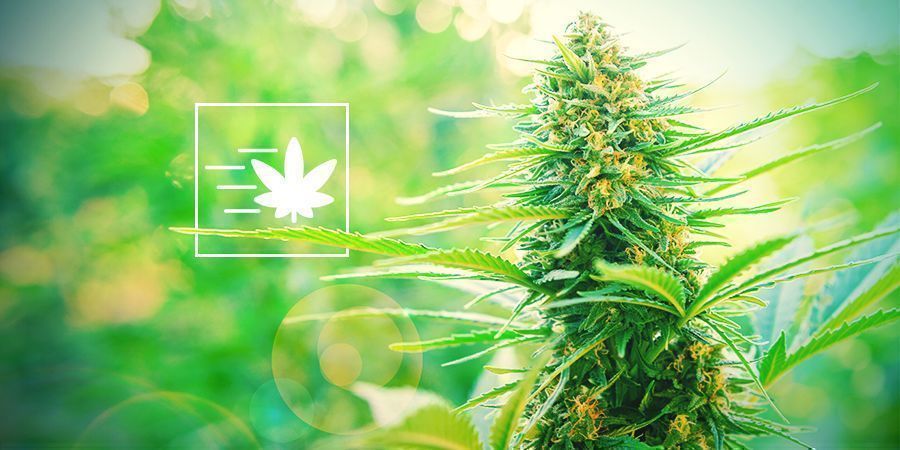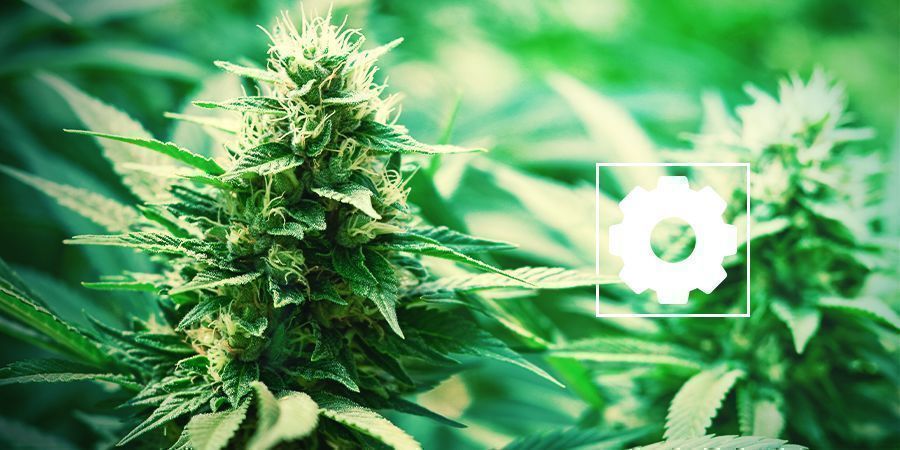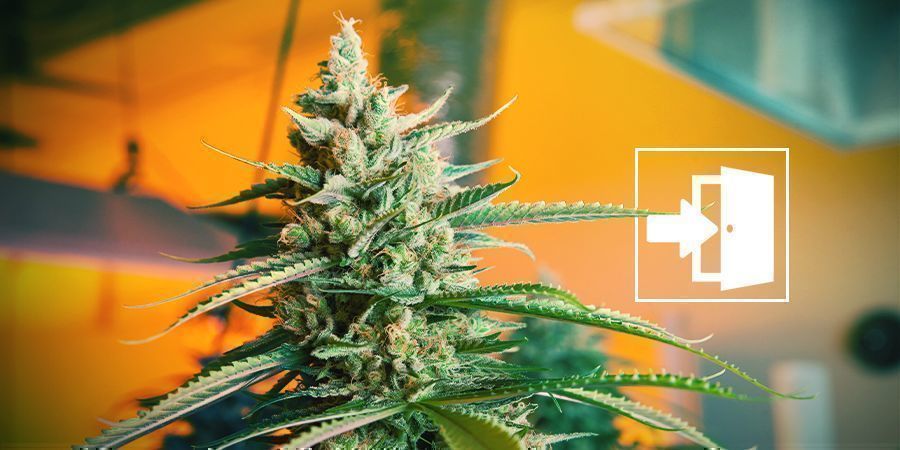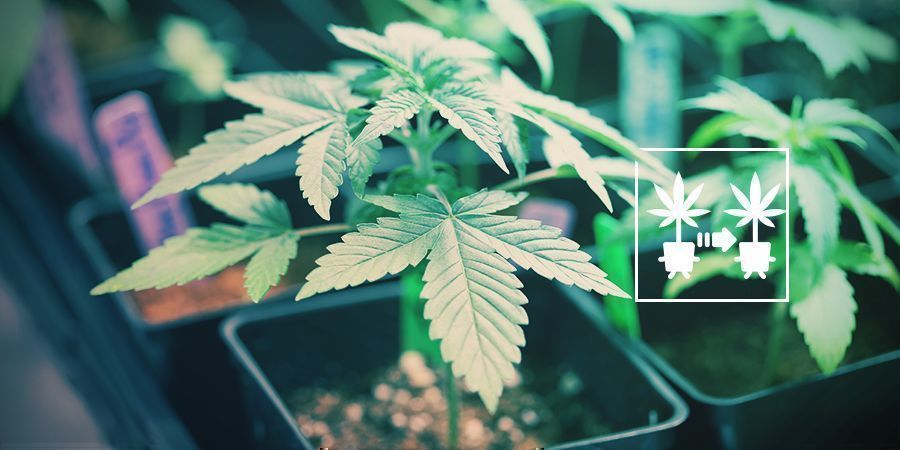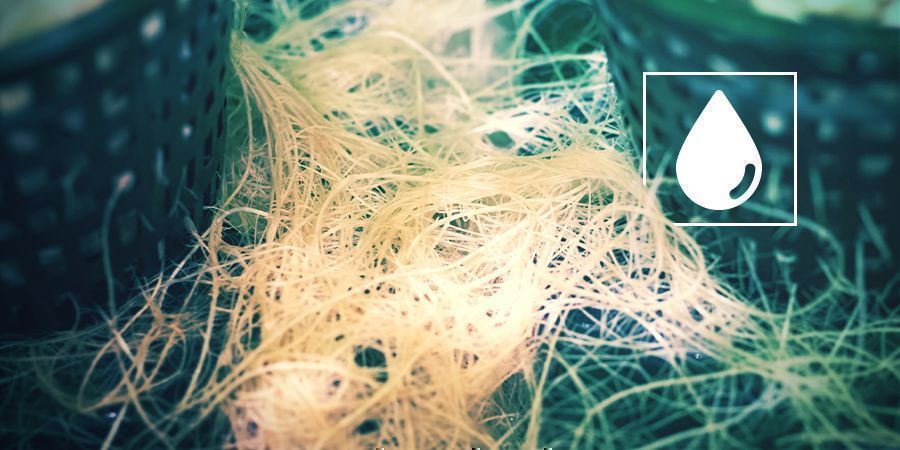
How To Speed-Up Cannabis Flowering And Harvest
You don't have to wait months upon months to smoke your home-grown weed. You can manipulate the growing cycle to ensure your buds are ripe and ready in a matter of weeks.
Patience may be a virtue, but it isn’t necessary when it comes to growing good weed. Some growers have the luxury of carefully and slowly nurturing their crop over several months. Others don’t have time for such a slow-paced practice. Whether you’re trying to avert the local authorities or are facing a short growing season, here’s how to obtain a harvest as quickly as possible.
PLANT SELECTION
Plant selection plays a huge role in how long it will take until harvest time. Some types of cannabis are extremely fast to flower. These varieties are much better suited to growers in a rush.
CHOOSE A FAST-FLOWERING PHOTOPERIOD STRAIN
A photoperiod strain is a cultivar that flowers when the light cycle shortens. This is a natural change in response to the shift from summer to autumn. Sativa varieties typically provide an energising and cerebral effect, and also grow taller and tend to produce larger yields than indicas. However, the trade-off is a longer flowering time.
Indica varieties mostly induce sedating and relaxing effects. They tend to develop in a more “bushy” pattern and don’t grow as tall as sativas. Indica strains usually have much shorter flowering times than their sativa counterparts, which makes them more suitable for quick harvests. They’re preferred by covert growers and those looking for a fast turnover. You can train them to take up as little space as possible while still providing a quick and satisfying yield.
GO FOR AUTOFLOWERS
Autoflowering strains don’t require a change in light cycle to start flowering. Instead, they start to bloom after a genetically set period of time. Autoflowers are go-to varieties for cultivators seeking a rapid harvest. These speedy specimens often surge from seedlings to fully bloomed plants in around 8 weeks. What’s more, they rarely exceed a height of 100cm. You’ll be able to cultivate them in small, hidden spaces. Guerrilla growers and small-scale home-growers love autoflowers for their stealthy traits.
Once, growers used to avoid autoflowers because of their low productivity and lacklustre THC levels. However, modern autoflowers rival many photoperiod cultivars in terms of yield and potency.
HOW TO SHORTEN TOTAL GROWING TIME
Starting with fast genetics isn’t the only way to minimise growing time. There are plenty of other ways to give your plants a nudge toward the finish line. Below is a list of tips and tricks for speeding things up.
FEWER HOURS OF LIGHT PER DAY
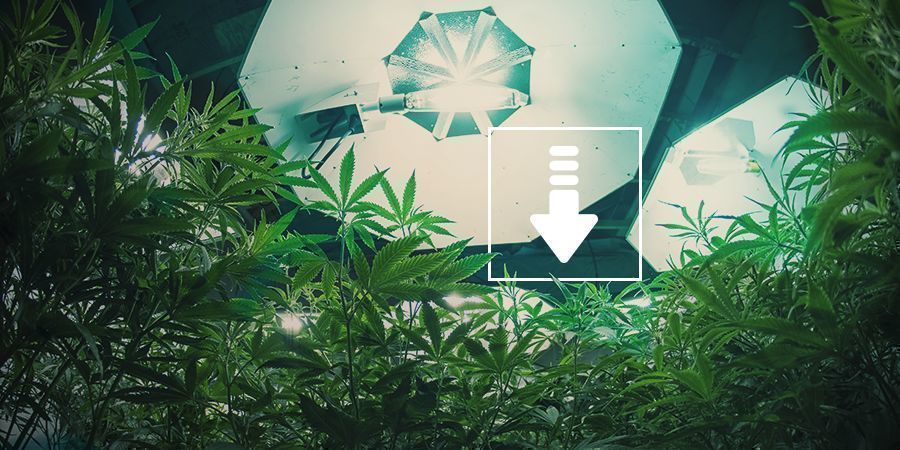
You can significantly speed-up the growing cycle of a photoperiod strain by exposing it to around 10–11 hours of light each day. Reduced light exposure will trick your plants into thinking autumn is just around the corner. Being the clever lifeforms they are, they’ll begin blooming so they can reproduce before it gets too cold. Growers can take advantage of this mechanism to skip the vegetative phase altogether. Plants won’t grow as tall and their yields won’t be as big, but they’ll be ready to harvest in a matter of weeks instead of months.
FORCE-FLOWERING CANNABIS OUTDOORS
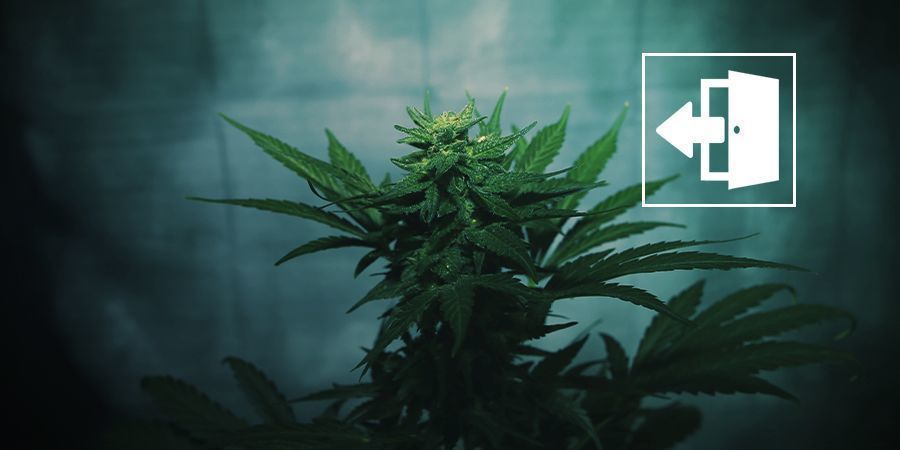
If you’re an outdoor grower, you might have just rolled your eyes at the idea of less light exposure. However, this technique isn’t limited to indoor cultivation. Outdoor growers can also manipulate the light cycle by covering up plants to limit daily exposure to 10–11 hours. Make a wooden frame complete with light-proof material. This structure can be made small enough for a single plant, or large enough for several. You can start covering your plants from the seedling stage in order to reach harvest as soon as possible. A small drawback here is that your plants will revert back to veg if you forget to cover them, so exert due diligence.
GROW INDOORS
Indoors growers have almost complete control over the growing environment. This means no droughts, no heat waves, and no flooding. It also enables them to manipulate lighting at the flick of a switch. Outdoor growers can’t control the sun, but indoor cultivators can use simple timers to ensure their plants receive the desired amount of daily photons. Cultivators can trick their plants into believing it’s dark way before the sun has even started to set. Such a high level of control over environmental factors makes it easier to achieve a quicker harvest.
USE CLONES
A clone is a fresh cutting taken from a mother plant. They are placed into plugs to encourage root formation, then transplanted directly into the soil or a hydro setup. The benefit of cloning is that you’re essentially skipping the germination and early seedling stages. Once a clone has been transplanted, you’ll be starting out with a young vegging plant as opposed to a seed. The first part of the process has already been completed. It’s simply a matter of waiting for your plant to gain a bit of size before initiating flowering.
GROW HYDROPONIC
Hydroponic plants grow in a soilless medium suspended above a water reservoir. Their roots grow directly into the water where they can easily take up nutrients. Hydroponic crops are associated with faster growing times and impressive yields. Growing hydroponically is advised when looking to harvest within a brief window as it will speed-up the vegetative phase significantly. Your plants will be vibrant and large by the time you decide to force them to flower.
MORE LIGHT DURING THE VEGETATIVE PHASE
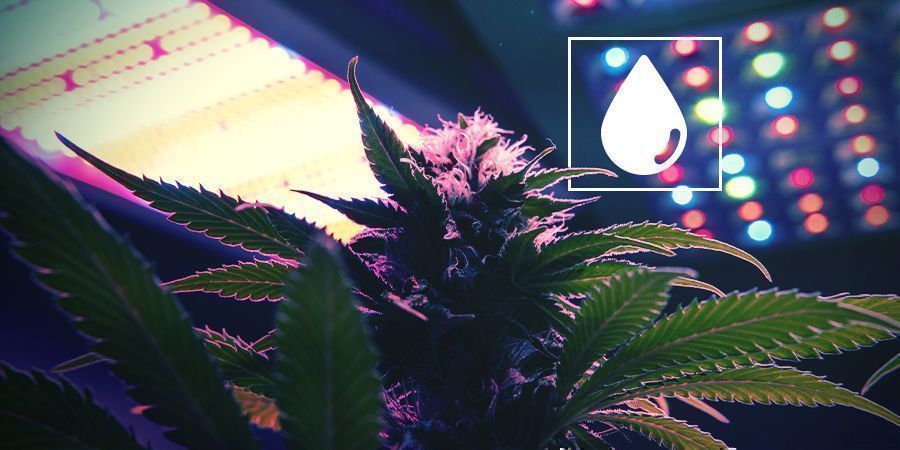
The vegetative phase is characterised by explosive growth. During this time, plants are attempting to grow as large as possible to maximise their bud sites. The bigger the plant, the larger the yield (most of the time). It’s important to supply your vegging plants with a consistent, powerful light source during this stage. If you can handle the energy costs, consider keeping your vegging plants under 24 hours of light to optimise growth. They will convert this powerful lighting into an abundant supply of vital sugars. This way, you can induce bloom earlier without sacrificing size or yield potential.
Overall, lighting can be a complex topic. There are different types of lighting systems you can use, and each has its specifies.
USE NUTRIENTS THE RIGHT WAY
Cannabis plants require a wide array of nutrients. These minerals fulfil many important physiological functions. Without them, plants will exhibit deficiencies and yields will be adversely affected. Autoflowering plants don’t need as many nutrients, but photoperiod strains are particularly affected by a lack of important minerals. They require different ratios at different stages of growth, so be sure to carefully follow the instructions of the nutrients you select to avoid deficiencies and stunted growth.
-
 4 min
2 October 2023
Top 10 Fastest Growing Cannabis Strains Of 2025
Patience is a virtue, but you don’t need much of it when growing these strains. They all share one key trait: speed. Their fast flowering times are ideal for guerrilla growing operations, stealthy...
4 min
2 October 2023
Top 10 Fastest Growing Cannabis Strains Of 2025
Patience is a virtue, but you don’t need much of it when growing these strains. They all share one key trait: speed. Their fast flowering times are ideal for guerrilla growing operations, stealthy...
-
 5 min
1 February 2022
How To Boost Trichome Production In Cannabis
Ready to take your cannabis plants to the next level? Keep reading to find out how to take action throughout a weed plant's life cycle to maximise trichome production, leading to greater levels of...
5 min
1 February 2022
How To Boost Trichome Production In Cannabis
Ready to take your cannabis plants to the next level? Keep reading to find out how to take action throughout a weed plant's life cycle to maximise trichome production, leading to greater levels of...
-
 7 min
1 February 2021
Perpetual Harvesting: How To Crop Cannabis All Year Long
If you're like most cannabis growers, you may think you're limited to just one harvest per year. However, with the right space, tools, and techniques on your side, you can enjoy new buds every few...
7 min
1 February 2021
Perpetual Harvesting: How To Crop Cannabis All Year Long
If you're like most cannabis growers, you may think you're limited to just one harvest per year. However, with the right space, tools, and techniques on your side, you can enjoy new buds every few...













 United States
United States

